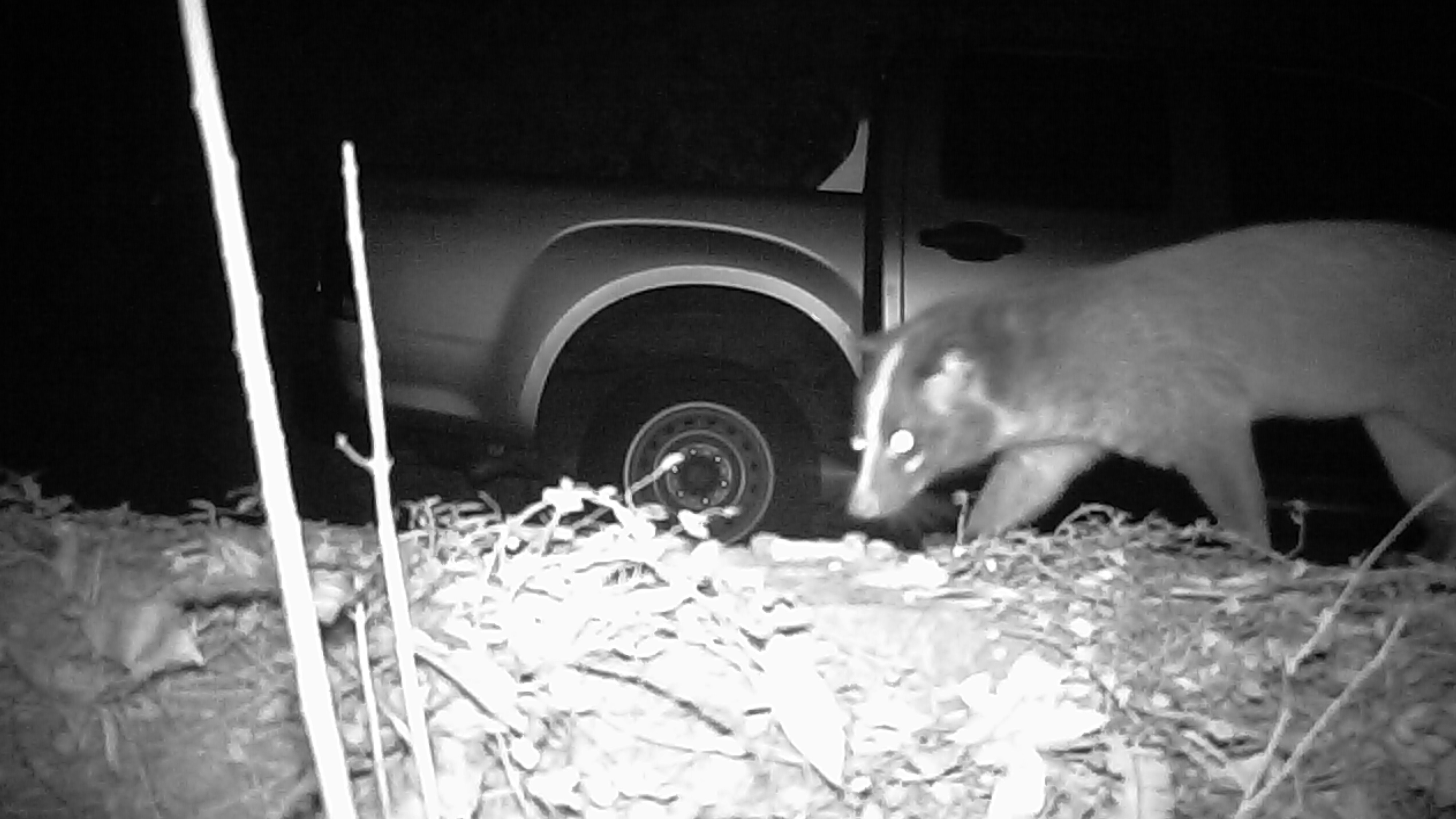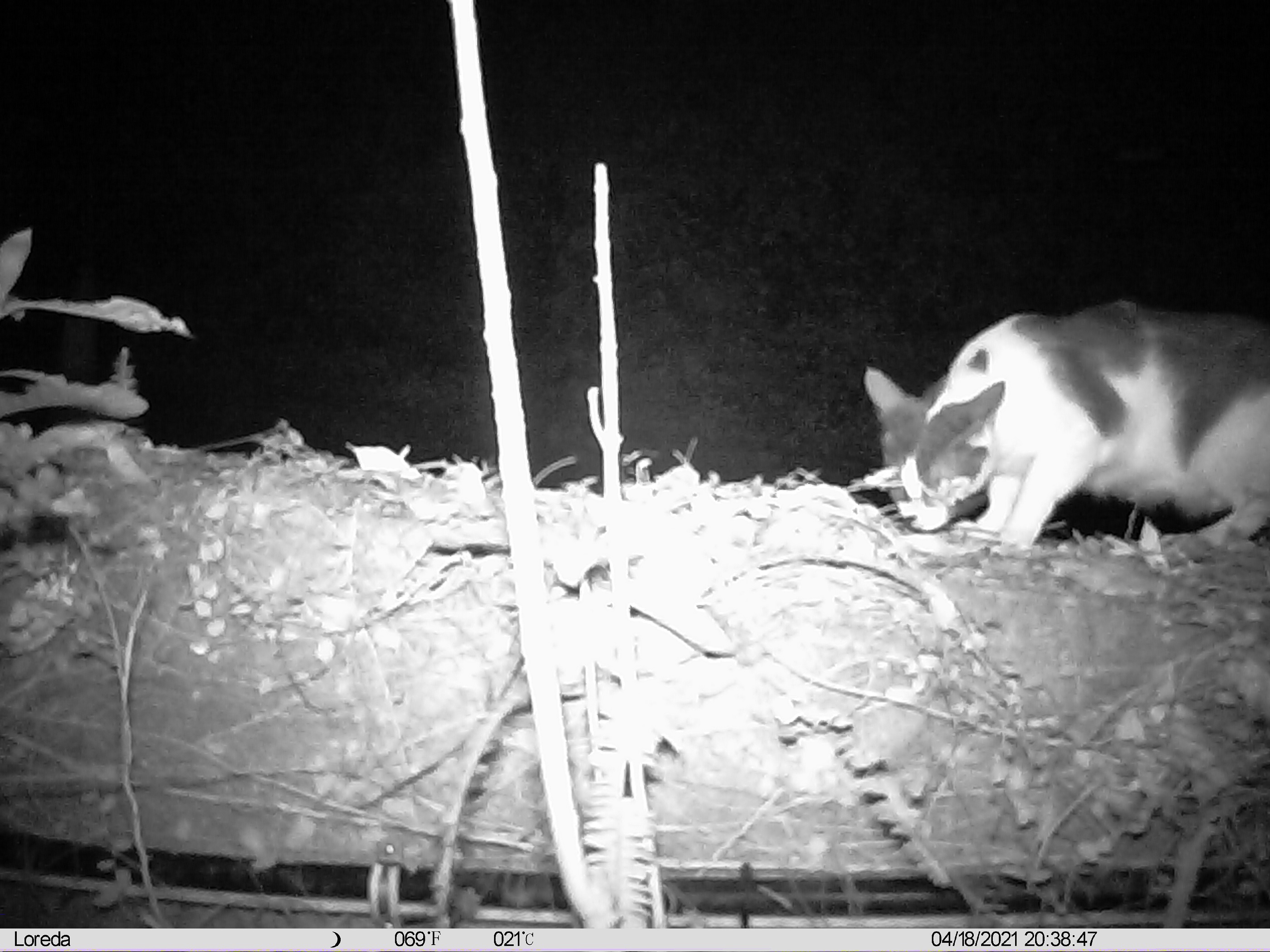No privacy! The story of a Hong Kong mammal latrine
Which animals share this public toilet?


A few months ago, we discovered a wildlife latrine close to KFBG’s Monkey Haven. A wildlife latrine could be defined as a specific location where animals regularly choose to defecate. This might have territory marking purposes or just be a safe location to do the business! This latrine, situated on a kerb, has many new and old animal droppings, all about the same size and shape, and full of fur, suggesting it is frequently used by carnivores. To identify the owner of this “animal toilet”, we set up an infrared-triggered camera trap at the site between April and June 2021.
Wow, it is a busy public toilet!
To our surprise, a total of five mammal species were recorded visiting the site within the study period, including Leopard Cat (24 visits), Masked Palm Civet (4 visits), Feral Cat (2 visits), Rhesus Macaque (2 visits), and Small-tooth Ferret Badger (1 visit); however, only the Leopard Cat was captured using the latrine at the site. More interestingly, we can recognise at least two different individual leopard cats based on their unique body patterns, and both individuals defecated at the site!
In addition to being a latrine for the leopard cats, we also found that all mammal visitors took an interest in the latrine, spending some time at the location and sniffing the scats. Often the latrine locations are chosen by mammals because they offer good all-round viewing so that the mammal can detect if danger is near and spot movements at a distance so that escape is possible. Mammals like the Leopard Cats and Civets will often defecate on large rocks at junctions on hiking trails so they can see clearly in both directions. Latrines are not just chosen randomly!

Leopard Cat

Masked Palm Civet

Feral Cat

Rhesus Macaque

Small tooth Ferret Badger
Go to toilet for social interaction!
As with humans, rather than random actions in the “street”, many mammals have their dedicated sites where they defecate regularly. Unlike public toilets which are designed with consideration for hygiene and privacy concerns, mammals treat their necessity as a social event! Each animal will use this opportunity to share all kinds of information, such as females signalling their readiness to mate, and males advertising their territories. For some cat species, communal latrines are important communication centres, we may not even understand the full extent of the olfactory messaging that takes place at these latrines. But we now understand why these mammals love to sniff around in front of our camera!
Remark: Six wild carnivore species have been found in KFBG; can you guess what they are? Please check our latest KFBG Fauna checklist here.

